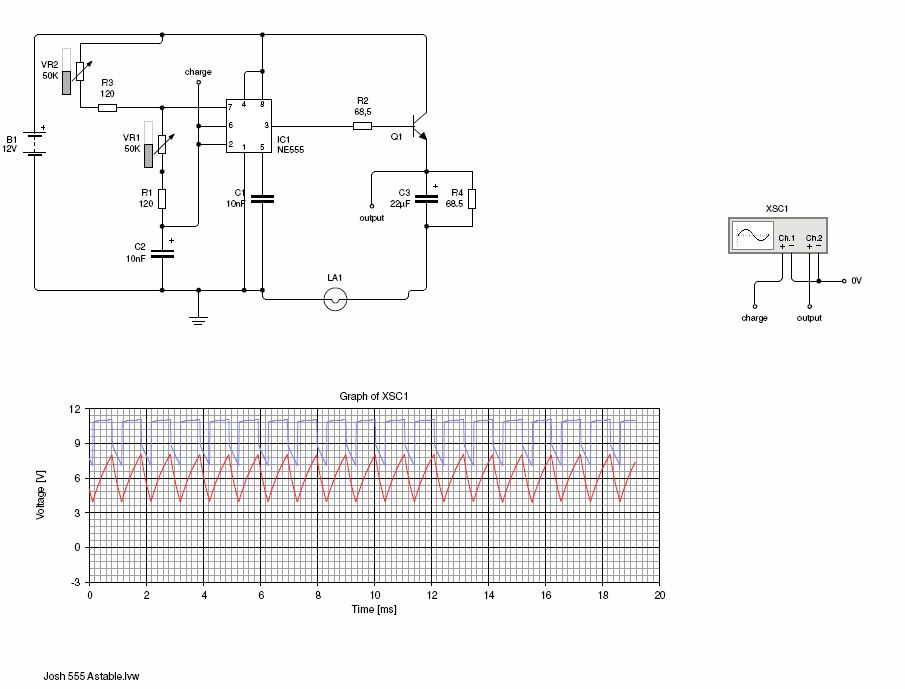@Baroutologus
My apologies, that was a typo, it's a bank of ten@1500uf caps...that equal 15,000uf not 150,000uf.
The time to fill up is about 7-10 sec...can't say exactly because my multimeter samples voltage at like .33hz
The input was 12v through a straight 555 (no amplification) so like .18amps
**Please take note that I am trying to recall this from memory, I remember the 555's crack open running around 220-250ma, if I remember correctly, and I was running it with no problems on both the Ignition coil and higher ohm 9w 5kv transformer.**
My apologies, that was a typo, it's a bank of ten@1500uf caps...that equal 15,000uf not 150,000uf.
The time to fill up is about 7-10 sec...can't say exactly because my multimeter samples voltage at like .33hz
The input was 12v through a straight 555 (no amplification) so like .18amps
**Please take note that I am trying to recall this from memory, I remember the 555's crack open running around 220-250ma, if I remember correctly, and I was running it with no problems on both the Ignition coil and higher ohm 9w 5kv transformer.**
 A typo is a typo!
A typo is a typo!



 !!!
!!!
Comment